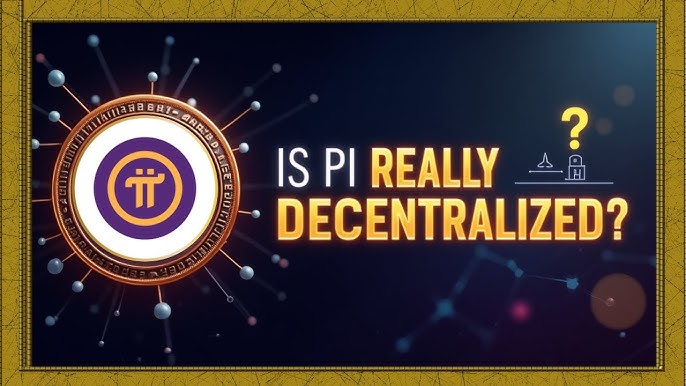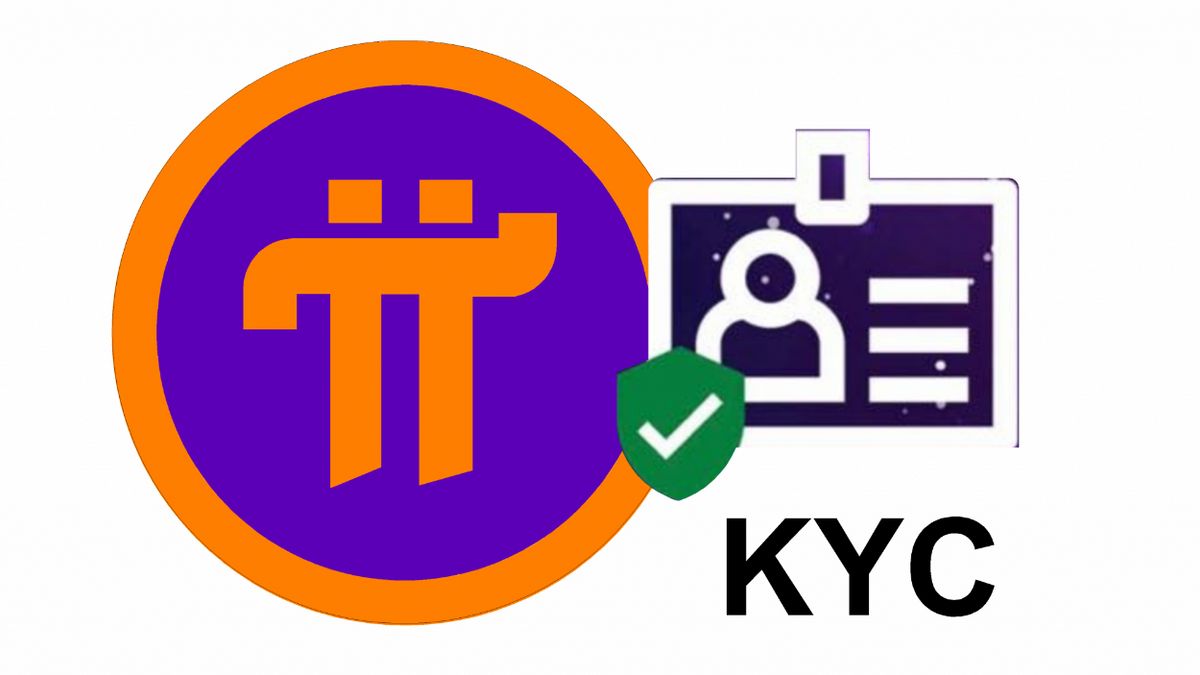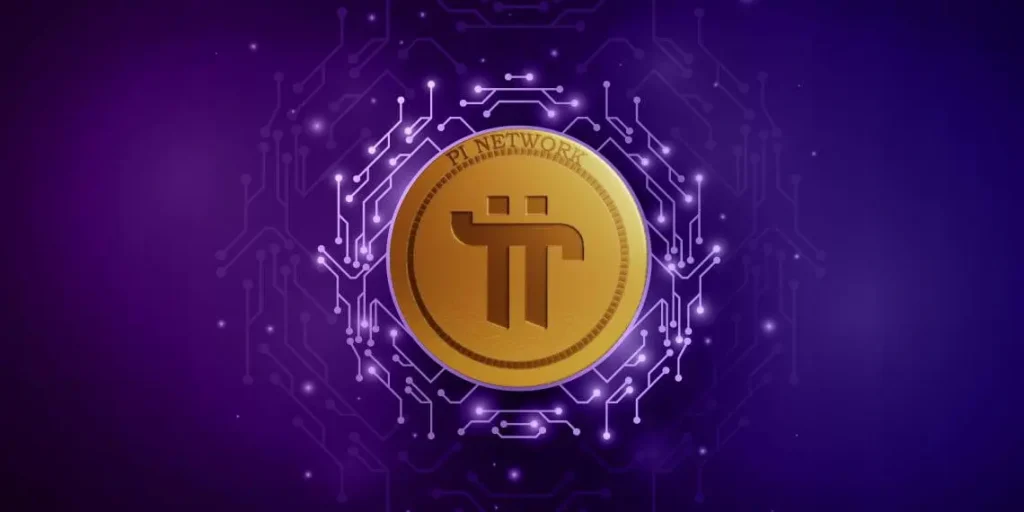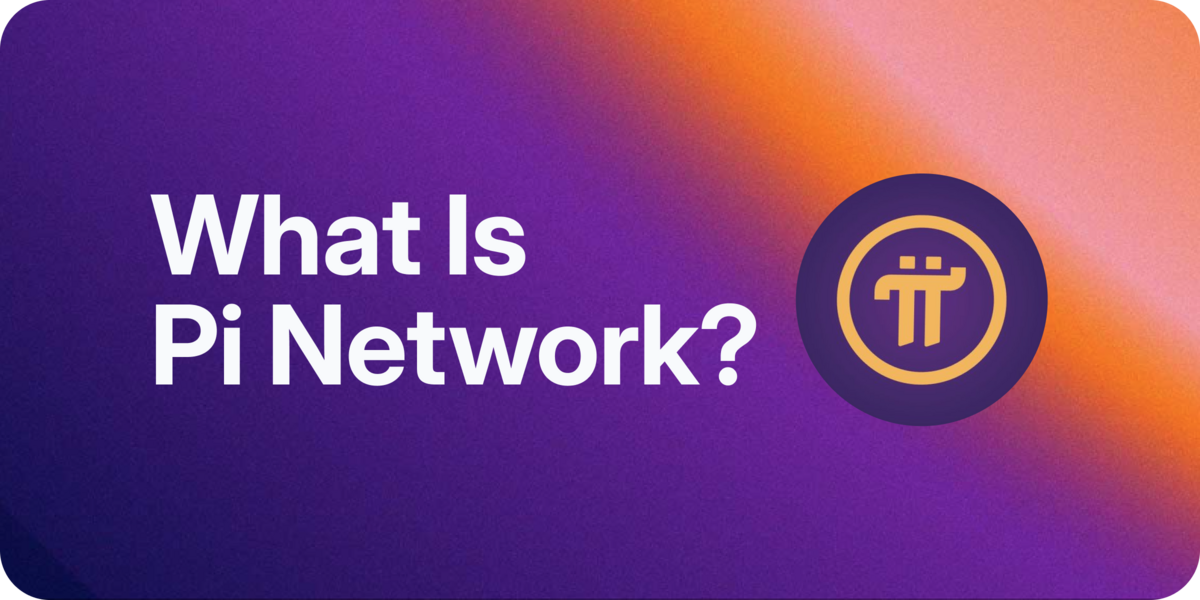Pi Network: The Future of Decentralized Finance?
In recent years, decentralized finance (DeFi) has become one of the most discussed and revolutionary concepts in the world of cryptocurrency. Traditional financial systems, with their reliance on intermediaries like banks and financial institutions, have been slowly giving way to decentralized systems that aim to offer greater transparency, security, and accessibility. Pi Network, a relatively new player in the cryptocurrency space, has garnered significant attention for its unique approach to decentralization, and its potential future in the world of DeFi is a topic of increasing debate.
In this article, we will explore Pi Network, its current position in the cryptocurrency market, and analyze whether it holds the key to the future of decentralized finance.
What is Pi Network?
Pi Network is a blockchain-based cryptocurrency that was created with the goal of making cryptocurrency accessible to everyone, regardless of their technological expertise. Founded in 2019 by a team of Stanford graduates, including Dr. Nicolas Kokkalis, Dr. Chengdiao Fan, and Dr. Vincent McPhillip, Pi Network offers a mobile-first approach to cryptocurrency mining. Unlike Bitcoin or Ethereum, which require specialized hardware and consume vast amounts of energy, Pi Network allows users to mine its coin, Pi (PI), using their mobile phones.
Pi Network’s aim is to build a decentralized cryptocurrency that can be used for everyday transactions. It envisions a world where anyone can mine and use Pi Coins for goods, services, or even as a store of value. To date, Pi Network has grown rapidly, with millions of active users across the globe, making it one of the most popular emerging cryptocurrencies.
How Pi Network Works
Pi Network operates on a consensus algorithm known as Proof of Consensus (PoC), which is a significant departure from the more energy-intensive Proof of Work (PoW) mechanism used by cryptocurrencies like Bitcoin. Instead of requiring massive computing power to solve complex mathematical problems, Pi’s mining process is based on the participation of users who validate transactions and blocks within the network.
1. Mobile Mining
The standout feature of Pi Network is its mobile mining model. Users can mine Pi Coins simply by installing the Pi Network app on their smartphones. This model makes Pi accessible to anyone with a smartphone, even those who may not have the resources to invest in expensive mining rigs.
The process involves users confirming their presence on the network by pressing a button within the app once every 24 hours. This action signifies their continued participation in the consensus mechanism, which in turn earns them Pi Coins. Over time, as users invite others to join the network and expand their “trust circles,” the mining rate can increase.
This system allows Pi Network to build a large, decentralized community of miners without requiring the energy and resources traditionally associated with cryptocurrency mining.
2. Proof of Consensus (PoC)
Pi Network uses Proof of Consensus (PoC) rather than Proof of Work. In PoC, the process of validating transactions and blocks is based on the trust and consensus of the users. Essentially, each user’s “trust circle” is used to validate and confirm transactions, which enhances the security and decentralization of the network. This model significantly reduces the environmental impact associated with traditional PoW cryptocurrencies, making Pi Network more energy-efficient and sustainable.
The consensus mechanism is designed to be simple yet effective, allowing Pi Network to operate efficiently on mobile devices without needing to rely on high-performance computing.
Pi Network’s Role in Decentralized Finance
Decentralized Finance (DeFi) refers to a new financial system built on blockchain technology that operates without the need for intermediaries such as banks or financial institutions. DeFi protocols enable users to borrow, lend, trade, and invest in financial products, all while maintaining control of their funds.
Pi Network, with its focus on decentralization and mobile-first mining, presents an interesting opportunity for DeFi. Here’s how Pi could potentially play a role in the future of decentralized finance:
1. Mass Adoption of Cryptocurrency
One of the primary barriers to entry in the cryptocurrency world has been the complex nature of mining and trading. Traditional mining requires expensive hardware, large amounts of electricity, and technical expertise, making it inaccessible to the average person. Pi Network, however, has successfully lowered these barriers by allowing users to mine Pi Coins using their smartphones.
This mass accessibility could lead to the widespread adoption of cryptocurrency, as millions of users who have never previously engaged with blockchain technology can now participate in mining and using cryptocurrency. By democratizing access to cryptocurrency, Pi Network could bring DeFi into the mainstream, attracting a global user base that can engage in decentralized financial activities without the need for intermediaries.
2. Pi Coins as a Medium of Exchange in DeFi
For Pi Network to play a meaningful role in DeFi, the Pi Coin (PI) itself must gain real-world utility. While Pi Coin is still in the testing phase and is not yet listed on major exchanges, there is significant potential for Pi to be used as a medium of exchange within DeFi applications. Once Pi Coin is fully launched and its value is determined by the market, it could be used for a variety of DeFi use cases such as:
- Lending and Borrowing: Pi Coin could be used in decentralized lending platforms, where users could lend their Pi Coins to others in exchange for interest, or borrow Pi Coins by providing collateral.
- Decentralized Exchanges (DEXs): Pi could be traded on decentralized exchanges, allowing users to exchange Pi for other cryptocurrencies without relying on centralized exchanges.
- Staking and Yield Farming: Pi holders could potentially stake their coins in decentralized protocols to earn rewards or participate in liquidity pools for yield farming.
As Pi Network continues to grow and develop its ecosystem, there could be a variety of DeFi applications built on top of Pi, allowing users to access financial services in a completely decentralized manner.
3. Peer-to-Peer Payments
One of the key components of DeFi is the ability to transfer value directly between peers, without the need for intermediaries like banks. Pi Coin could enable peer-to-peer (P2P) payments in a decentralized environment. This would allow users to send and receive payments across borders with minimal fees and no reliance on traditional banking systems.
With its growing user base, Pi Network has the potential to facilitate P2P payments on a large scale. Since Pi Coins can be mined on mobile phones, users in developing regions or countries with underdeveloped financial infrastructure could access the global economy with ease.
Challenges and Potential Obstacles for Pi Network
While Pi Network’s vision is promising, there are several challenges that it must overcome to become a significant player in the DeFi space:
1. Lack of Transparency
One of the criticisms Pi Network has faced is its lack of transparency. Many users have questioned the network’s underlying technology and the true role of the Pi Coin in the ecosystem. Additionally, Pi Network has not yet provided full details about its consensus mechanism, its planned mainnet launch, or its long-term roadmap.
To gain credibility in the DeFi space, Pi Network will need to be more transparent about its technological and business strategies, as well as clarify how Pi Coin will fit into the broader DeFi ecosystem.
2. Mainnet Launch and Exchange Listings
Currently, Pi Coin is not yet available for trading on major cryptocurrency exchanges. The value of Pi Coin is still uncertain, and much of its potential will depend on the successful launch of the mainnet and the subsequent listing of Pi on exchanges. Without access to major exchanges, Pi Coin’s liquidity and usability will remain limited.
The timeline for the launch of Pi’s mainnet remains unclear, and delays in the launch could impact Pi’s ability to integrate with the broader DeFi ecosystem.
3. Competition from Established Cryptocurrencies
Pi Network will also face fierce competition from established cryptocurrencies like Bitcoin, Ethereum, and others in the DeFi space. These cryptocurrencies have already built robust ecosystems and infrastructure, including decentralized exchanges, lending platforms, and other financial services. Pi Network will need to offer compelling use cases and advantages over these established players to stand out.
Conclusion: Pi Network and the Future of Decentralized Finance
Pi Network is an innovative project that aims to democratize access to cryptocurrency by enabling mobile-based mining. Its potential role in the future of decentralized finance (DeFi) lies in its ability to drive mass adoption of cryptocurrency, facilitate peer-to-peer payments, and support decentralized applications and services.
However, Pi Network still faces significant challenges, including the lack of transparency, uncertainty about its mainnet launch, and the competition from established cryptocurrencies. As the network evolves and matures, the true potential of Pi Network in the DeFi space will become clearer. If Pi can successfully navigate these challenges and build a sustainable, decentralized ecosystem, it could play a pivotal role in the future of decentralized finance.
For now, Pi Network remains a promising but uncertain project in the ever-changing world of cryptocurrency.




